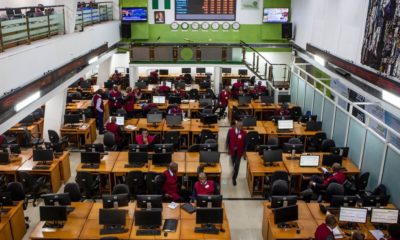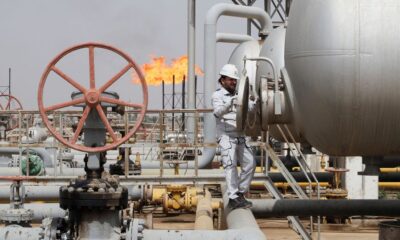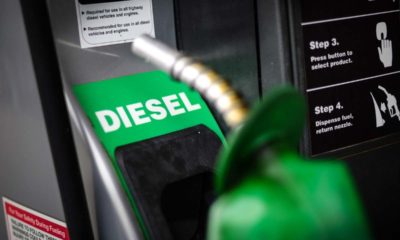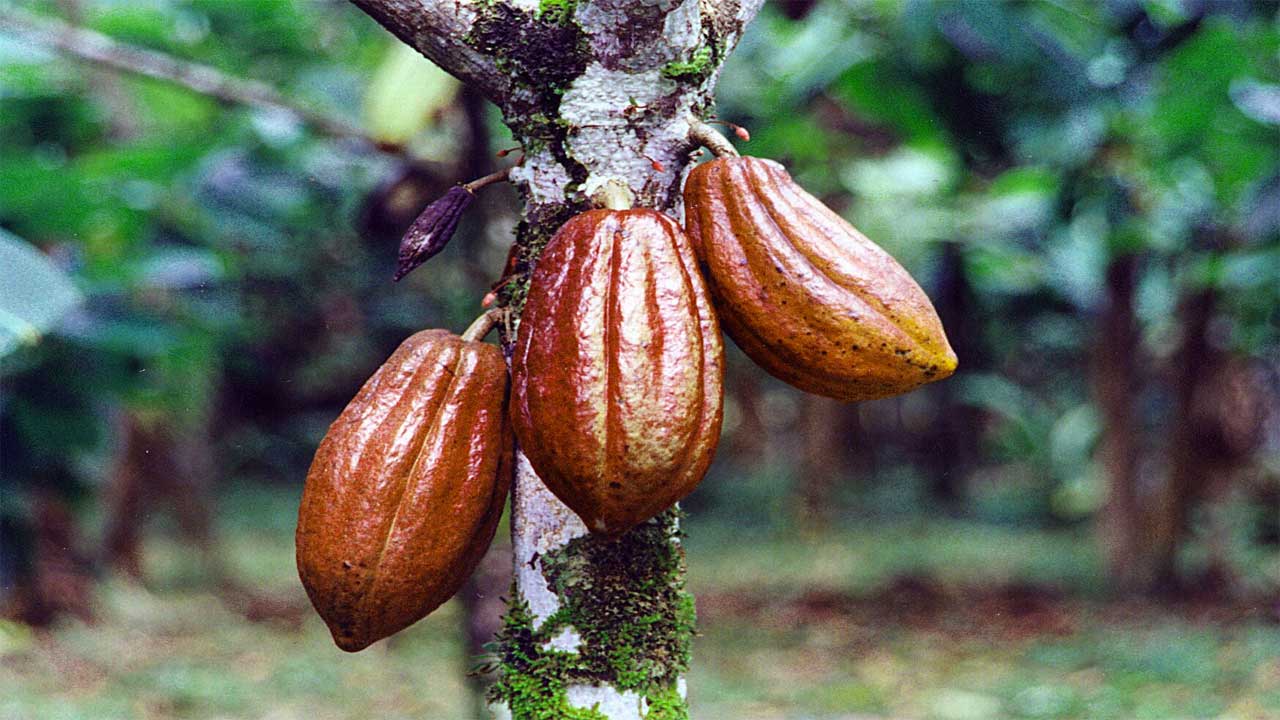It’s been quite a choppy start to the trading week, with much of the focus on China where Covid relaxation measures and property market support have brought some relief.
Unfortunately, both come at a time of record Covid infections in major cities including Beijing and Guangzhou. And those relaxation measures that were announced are not ambitious enough to make any difference in those cities seeing rising cases which means activity is going to weaken.
There is hope that China could further relax its zero-Covid policy next spring but for now, mass testing, heavy restrictions, and lockdowns are here to stay, despite growing opposition and fatigue. Those hoping that this initial relaxation phase would be more substantial were always setting themselves up for disappointment.
Property stocks in China and Hong Kong were given a big lift at the start of the week as Beijing unveiled its 16-point plan to support the industry. Having almost brought the industry to its knees as part of its reform efforts, Beijing is attempting to build it back up but as it’s already finding, the former is much easier to do than the latter.
Confidence is shattered and it will take time, effort, and patience to restore it. Now it’s a question of how much these measures will undermine Beijing’s initial reform measures and whether they’ll even succeed in reinvigorating the industry. Efforts until now have been like pushing on a piece of string.
Oil is steady but upside risks remain
The prospect of looser restrictions has boosted the price of oil recently and yet Brent still finds itself trading around the middle of its $90-$100 range. The US inflation data last week gave crude another boost as traders were left to dream again about a possible soft landing if the data continues that way and the Fed raises rates less.
There’s still a long way to go though and much of the world won’t be so lucky, assuming it isn’t already too late for the US. But further signs of inflation peaking will no doubt be welcome, you just wonder whether it will also be the catalyst for oil to break $100 again, further complicating the growth outlook once more.
Gold’s spectacular rebound
It’s been a fantastic 10 days for gold, with the yellow metal going from at risk of breaking below $1,620 support to rallying almost 10% to its highest level in almost three months. It’s been quite the ride, fueled by signals from the central bank that the next hike could be less aggressive and then that inflation report.
Can gold hold onto this momentum and break $1,800, taking it into territory that it hasn’t traded within since late-Spring, early-summer? It’s a big ask but if the data is generous and the dollar continues to give back some of its enormous gains from the past year, there’s every chance gold could build momentum from here.
Bad timing
Bitcoin waited patiently for this moment, forming a base around $20,000 in anticipation of inflation falling and the Fed narrative becoming much less hawkish. Unfortunately, that moment coincided with the spectacular collapse of FTX which has sent shockwaves through the industry and hammered crypto prices. Rather than taking off, bitcoin has plummeted to levels not seen in two years and further pain may lie ahead. There’s now enormous uncertainty in the space which could hold it back in the near term and weigh on prices.


 Forex2 weeks ago
Forex2 weeks ago


 Naira2 weeks ago
Naira2 weeks ago
 Billionaire Watch1 week ago
Billionaire Watch1 week ago




 Naira2 weeks ago
Naira2 weeks ago




 Naira1 week ago
Naira1 week ago




 Naira4 weeks ago
Naira4 weeks ago
 Nigerian Exchange Limited4 weeks ago
Nigerian Exchange Limited4 weeks ago


 Naira3 days ago
Naira3 days ago














